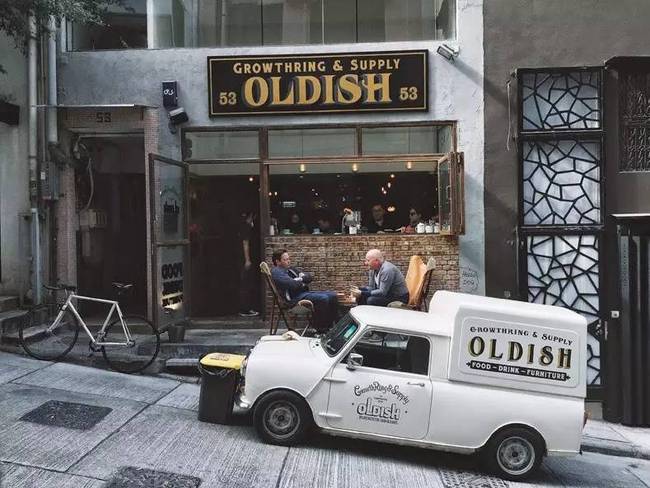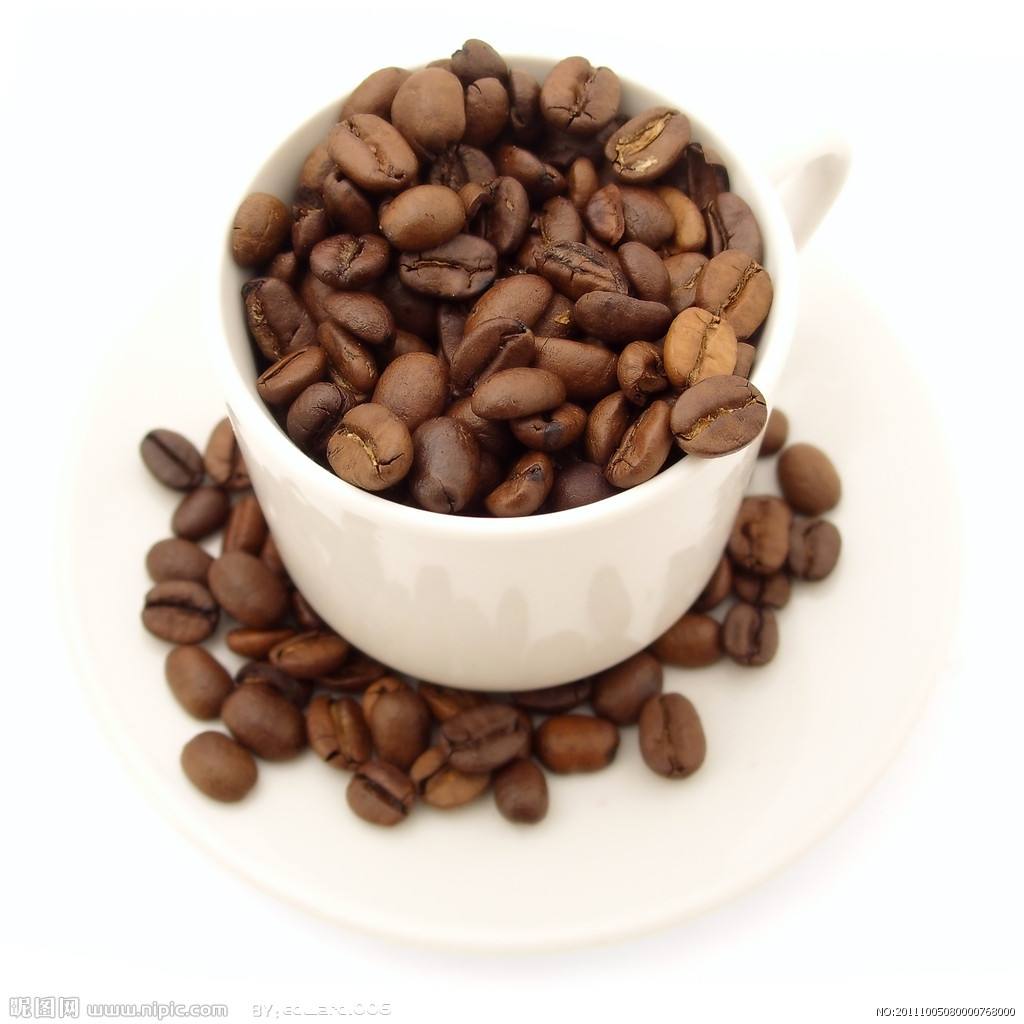The taste and flavor of Kenyan coffee beans describe the characteristic planting history of the producing area.

For professional baristas, please follow the coffee workshop (Wechat official account cafe_style)
The industry has used "blackcurrant juice" to describe typical Kenyan coffee: heavy taste, red wine-like aroma, distinct acidity. These qualities cannot be found in other places of origin. Unfortunately, the coffee industry accounts for only 10% of Kenya's total economic income. As the demand for land increases, coffee farmers may give up planting because of a decline in the incentive to produce coffee. This is probably a common problem of urbanization.
Grading of coffee beans in Kenya
There are many kinds of coffee, and each has its own grade. If you want to have a cup of coffee, there are many different choices. Among them, beans in the same producing area are divided into several grades, and consumers who do not have a clear understanding of this will look a little dizzy, so the editor collected some grading information about Kenyan coffee beans to share with you.
The quality of Kenyan coffee is strictly controlled, and it is divided into AA,AB,C,E,PB,TT,T,ML,MH according to size, particle and shape. These grades mainly distinguish the shape and size of beans, but not absolutely represent the quality of beans. Many people believe that beans with larger grains contain more oil that produces the aroma of coffee, and because of this, beans with larger grains are more expensive in the market.
Take Kenya's AA as an example. In the same grade of beans, the highest grade is manor beans, followed by "+". Then, according to the general AA,AB grade, the AA,C grade is smaller, and the E grade is extra-large elephant beans. TT, T, ML, and MH are local non-flowing beans.
PB (Peaberry Dou)
In particular, round beans (PB) are usually produced at the end of coffee trees that bloom too late or too early. Because the yield is rare, accounting for only 10% of the output, the round beans produced by the same coffee tree are more expensive than other flat beans (Flat Bean). When round beans are specially collected together, defective beans are mostly removed, the proportion of defects is reduced, and the particles tend to be more consistent, making the baking more uniform and taste improved.
As for the distinction of quality, Kenya uses the digital grading method to distinguish the quality of coffee, but this digital grading method is not much publicized, so few people know about it. Therefore, the classification is based on particles, and the PB with different shapes is about the same as AA, but if it is manor or +, it is two or one grade respectively. For example, AB manor beans are about the same as AA+ and PB+.
Due to the different production conditions every year, it will directly improve the quality of coffee beans, grading is for reference only.
Flavor and taste characteristics: full-bodied aroma, balanced acidity.
Coffee is a part of African life, whether in the depths of the most remote East African Rift Valley, or in the Maasai nomadic Masai Mara prairie, whether urban or rural, you can always smell coffee and go, stay and savor. Carve those endless African times with a cup of coffee.
Kenya is located in Ethiopia and southern Yemen, only hundreds of kilometers away from these two world-famous coffee producers, but Kenya's history of growing coffee is far inferior to that of these two countries until the end of the 19th century. Coffee seeds were brought to the land by missionaries.
Kenyan AA coffee is one of the rare good coffees. It is famous for its rich aroma and balanced acidity and is loved by many foodies. It tastes perfect and balanced, and has an excellent and strong flavor, fresh and not overbearing, and is a complete but not heavy taste experience. Kenya AA coffee is the most popular coffee in Europe. After a clear sip, you will feel that it strikes your whole tongue at the same time. The flavor is both fresh and not domineering, and it is definitely a complete but not heavy taste experience.
The vast majority of Kenyan coffee trees grow in the mountains north and west of the capital Nairobi, with two main producing areas, one extending southward from the southern slope of Mount Kirinaga, Kenya's highest peak, to near the capital Nairobi, which is close to the equator and is the largest coffee-producing area in Kenya, in addition to a relatively small producing area on the eastern slope of the Elgon Mountains. Kenya grows high-quality Arabica coffee beans, which absorb almost the essence of the whole coffee tree, with a slightly sour, thick aroma, bright, complex, fruity flavor and grapefruit aroma, suitable for hot or ice drinks; it is for this reason that Europeans love Kenyan coffee, especially in the UK and even surpassing Costa Rican coffee as the most popular coffee.
Coffee trees in Kenya can bloom twice a year. Most coffee trees bloom in March and April after the long rainy season, and in most coffee producing areas, the harvest season lasts from October to the end of the year. Some coffee trees blossom in October or November and are harvested in July of the following year. Kenyan coffee has always been picked by hand, and farmers harvest only red ripe coffee beans, and each tree is picked again about every ten days or so. "Let farmers earn what they deserve" is the basic belief of the coffee boutique movement. Although Cup of Excellence is currently the most representative and transparent competition in the industry, many of the details are actually modelled on the coffee auction (Kenya Coffee Auction) which has been world-famous in Kenya since the 1930s.
Kenya (Kenya) is located in eastern Africa, adjacent to Ethiopia, the "source of coffee". Despite the fertile soil, coffee was first grown in the country when Bourbon (also known as French mission, to commemorate the introduction of French missionaries) was introduced from Brazil in 1893; like the story of "go left, go right", coffee did not move inland to the south but to the Red Sea. After hundreds of years of spread, after settling down and mutating all over the world, he returned to his hometown, the Great Rift Valley (The Great Rift Valley).
As a British colony, it is only natural that the benefits of exporting coffee are skewed towards the sovereign state. Until 1954, Kenyans owned only 5000 acres of arable land, most of which were controlled by the British and sent to London for auction. Although the colony seems to have been exploited, without the British laboratory Scott Laboratories, Kenyan coffee would not have been what it is today. Because its representative varieties SL-28 and SL-34 are two of the 40 kinds of coffee grown in the laboratory that year. At present, the popular varieties in Kenya include Ruiri 11 with high disease resistance but slightly lower taste, and Batian, K7 and Kent with high drought resistance.
The Maomao uprising (Mau Mau Uprising), which took place in 1956-60, returned most of the control of cultivated land to indigenous people. Coffee farms are mostly small-scale operations with an annual output of hundreds of kilograms. They will decide to sell the fruit to the nearby processing plant (Coffee Factory) according to the delivery distance and the purchase price. The famous Karagoto Coffee, for example, is actually a processing plant around the town of Karatina. After collecting the coffee fruits of nearby farmers, they will be processed and exported. It will also provide farmers with technical support for planting. Karagoto itself, on the other hand, combines Tegu and Ngunguru processing plants to form a Tekangu Farmers Cooperative Society,FCS. Most of the famous producing areas in Kenya are concentrated in the central part, such as Nyeri, Kiambu, Kirinyaga and the western mountains near Uganda (Nakuru, Bungoma, Kitale, etc.).
Coffee auction ensures the interests of farmers
The Coffee Exchange (Coffee Exchange) in Nairobi, the capital, holds auctions every Tuesday during the harvest month. About 50 government-approved exporters in the country classify and rate coffee batches, send samples to potential foreign buyers for cup evaluation, and bid later. There are also foreign companies entrusting approved market agents (marketing agent) to conduct direct transactions (Direct Trade). All the steps are clear and transparent and regulated by the Kenya Coffee Agency Coffee Board of Kenya to ensure that all money after deducting costs goes to farmers.
Important Notice :
前街咖啡 FrontStreet Coffee has moved to new addredd:
FrontStreet Coffee Address: 315,Donghua East Road,GuangZhou
Tel:020 38364473
- Prev

What are the varieties of Ninety Plus 90 + coffee
Ninety Plus Coffee, a boutique coffee supplier from the United States, was founded in 2006. in the ten years since its inception, 90 + has made coffee industry around the world realize its unique charm and led the unprecedented boutique coffee craze in the world. Since the first coffee in 2007, it has been precious to coffee industry experts and competitors.
- Next

What are the characteristics and flavor of coffee beans in Kenya? describe the distribution of historical production areas in Kenya.
For professional baristas, please follow the coffee workshop (Wechat official account cafe_style) Kenya (Kenya) is located in eastern Africa, adjacent to Ethiopia, the source of coffee. Despite the fertile soil, coffee was first grown in the country when Bourbon (French mission) was introduced from Brazil in 1893 in memory of French missionaries; it was like walking to the left and to the right.
Related
- Detailed explanation of Jadeite planting Land in Panamanian Jadeite Manor introduction to the grading system of Jadeite competitive bidding, Red bid, Green bid and Rose Summer
- Story of Coffee planting in Brenka region of Costa Rica Stonehenge Manor anaerobic heavy honey treatment of flavor mouth
- What's on the barrel of Blue Mountain Coffee beans?
- Can American coffee also pull flowers? How to use hot American style to pull out a good-looking pattern?
- Can you make a cold extract with coffee beans? What is the right proportion for cold-extracted coffee formula?
- Indonesian PWN Gold Mandrine Coffee Origin Features Flavor How to Chong? Mandolin coffee is American.
- A brief introduction to the flavor characteristics of Brazilian yellow bourbon coffee beans
- What is the effect of different water quality on the flavor of cold-extracted coffee? What kind of water is best for brewing coffee?
- Why do you think of Rose Summer whenever you mention Panamanian coffee?
- Introduction to the characteristics of authentic blue mountain coffee bean producing areas? What is the CIB Coffee Authority in Jamaica?

